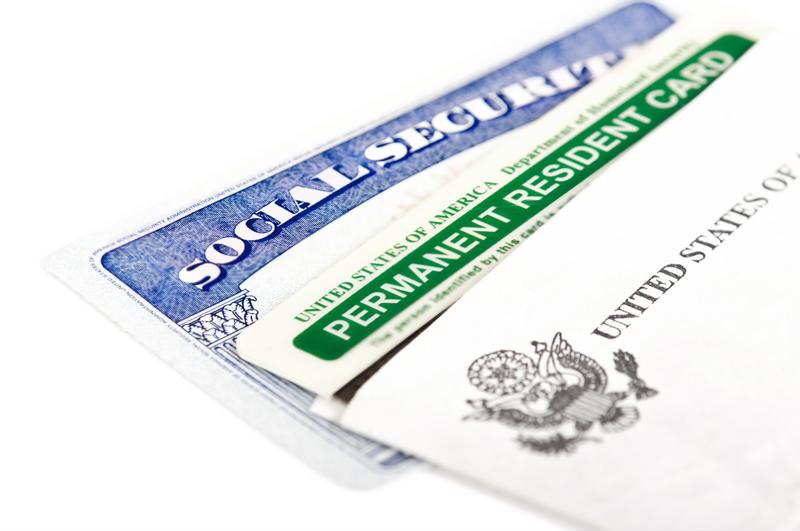Identity theft has become a major concern for anyone who regularly travels or uses the internet or a payment card. According to the U.S. Bureau of Justice Statistics, more than 17 million Americans were victims of identity theft in 2014, a number representing 7 percent of everyone 16 years or older in the country. The bulk (86 percent) of all incidents in this realm were related to the abuse of existing bank and credit card accounts.
But how does identity theft actually happen? Here are some common behaviors that often put people’s identities in harm’s way:
- Weak account passwords: According to a major cyber security vendor, the most common passwords of 2016 were old standbys such as “123456” (17 percent of all passwords in its survey) and “qwerty,” which are easily guessed.
- Phishing: In phishing attacks, cyber criminals lure a target in with enticing emails or social media offers that when clicked redirect to a compromised website. There, information can be harvested through fill-out forms and malware.
- Skimming: Big security incidents such as the 2013-2014 breach at Target revealed how sensitive data can be extracted via point-of-sale terminals. Once a card is swiped, malware within the system may steal its numbers.
As a financial problem, identity theft predates the internet, with even tools such as paper shredders originally designed to help curb the exposure of compromising information. However, the sheer number of vulnerabilities in online applications and services has greatly increased the risk of having an identity fall into the wrong hands.
The good news is that identity theft is not inevitable. There are plenty of sensible steps you can take to reduce your risk, whether you are shopping online at home or using your credit card on a vacation.
What you can do to lower the chances of identity theft
Many Americans already perform at least some actions against identity theft. The Bureau of Justice Statistics reported that 85 percent of them had taken the initiative in 2014 to check credit reports, change their passwords and/or shred their documents.
 You should leave your Social Security card at home if at all possible, to prevent identity theft.
You should leave your Social Security card at home if at all possible, to prevent identity theft.In an increasingly interconnected world, such acts are necessary but not sufficient for protecting an identity. Here’s what else you can do to stay safe:
1. Keep personally identifiable information away from potentially unsafe applications
Social Security numbers and dates of birth are common bits of data that are used for verifying accounts. As such, they must be handled with care.
In addition to keeping your Social Security card in a safe place other than your wallet, you should also refrain from entering it into apps for note-taking and word processing, which often synchronize with servers in the cloud and thus diminish your control over your information and identity.
2. Consider multi-factor authentication
Multi-factor authentication was once an obscure technique for security geeks and primarily involved the use of SMS codes. It is now much more mainstream and sophisticated.
“Multi-factor protection means that your account may still be safe even if someone knows your password and username.”
For example, anyone with an Apple ID can set it up, so that a special code delivered to a separate device is required for initial login on any phone, tablet, or laptop/desktop trying to access the account. Multi-factor protection means that your account may still be safe even if someone knows your password and username.
3. Encrypt your information
Encryption is one of the best technical mechanisms for ensuring privacy. Strong encryption protects information from prying eyes by turning it into a cipher that can only be unscrambled with a specific key.
Solutions such as Premium Internet Security from Total Defense offer an encrypted vault for storing your private data. You get the peace of mind that no one else can see your sensitive documents, passwords, or other crucial identifiers.
Identity theft as a threat to personal and financial security is not going away anytime soon, due to the rise of sophisticated phishing and the persistence of inadequate safety measures (e.g., overly weak passwords). Be safe by learning more about your options for internet security.





